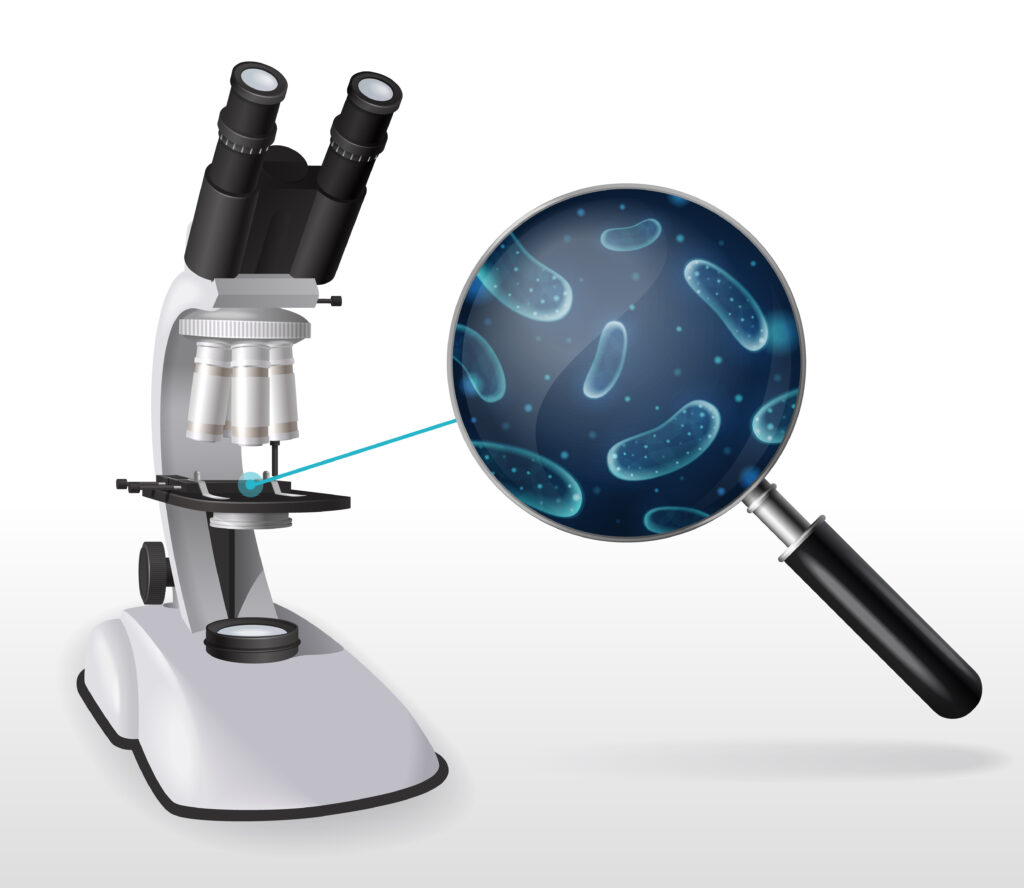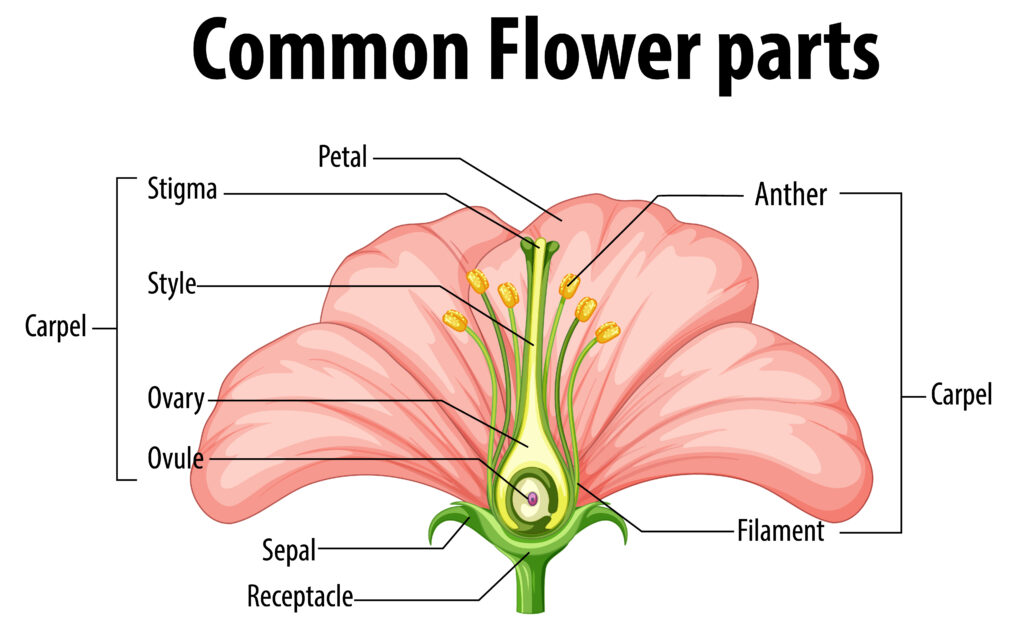Blood Smear Analysis
Explore the fascinating world of blood cells through microscopic analysis. Learn to identify different blood cell types and understand their functions in the human body.
Help & Instructions
▼- Cell Identification: Identify different blood cells based on their characteristics
- Blood Count Analysis: Calculate blood cell counts and identify abnormalities
- Use the hint button if you need help with identification
- Try different difficulty levels to challenge yourself
- Identify different types of blood cells (RBCs, WBCs, Platelets)
- Understand the functions of various blood cells
- Learn to analyze blood count results
- Recognize common blood disorders
Blood Cell Identification
Identify the blood cells based on their descriptions and characteristics.
Blood Count Analysis
Calculate the blood cell counts and identify any abnormalities.
A blood smear is a blood test that gives information about the number and shape of blood cells. It's used to diagnose and monitor conditions that affect blood cells, such as anemia, infection, and other disorders. The three main types of blood cells are red blood cells (RBCs), white blood cells (WBCs), and platelets.
The Biology of Blood Cells
Blood consists of cellular components suspended in plasma:
- Red Blood Cells (Erythrocytes): Carry oxygen, biconcave shape, no nucleus
- White Blood Cells (Leukocytes): Part of immune system, fight infection
- Platelets (Thrombocytes): Help with blood clotting, small cell fragments
- Plasma: Liquid component containing proteins, nutrients, and hormones
There are five main types of white blood cells:
- Neutrophils: Most abundant, fight bacterial infections
- Lymphocytes: Include B cells and T cells, adaptive immunity
- Monocytes: Become macrophages, phagocytose pathogens
- Eosinophils: Fight parasites and involved in allergic reactions
- Basophils: Release histamine in allergic responses
Blood smear analysis is crucial for diagnosing various medical conditions. Abnormalities in cell shape, size, or number can indicate diseases like anemia, leukemia, infections, and clotting disorders. Understanding blood cell morphology helps healthcare professionals provide accurate diagnoses and appropriate treatments.


